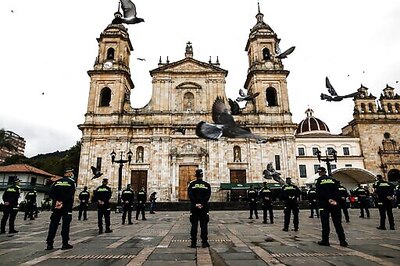
views
THIRUVANANTHAPURAM: In the olden days, the eyesight of aspiring soldiers was tested by asking them to point out ‘Arundhati’ in the night sky. Those who couldn’t, were out. This interesting tidbit was shared at a skywatching session organised by the Kerala State Science and Technology Museum (KSSTM) which began at 7 pm on Sunday and ended around 2 am on Monday."The second star in the Big Dipper is actually a binary system (two stars revolving around each other, unlike our sun, which is alone). The dimmer of the two is ‘Arundhati.’ So, if you could spot it with the naked eye, it was considered you had good eyesight,’’ KSSTM director Arul Jerald Prakash said.More than 200 people, many of them young astronomy buffs, turned up for KSSTM’s ‘Star Night’ event, which included two classes, thrilling skywatching sessions and a laser show.Aravind Paranjpe, director of the Mumbai Planetarium, shared his experiences at the Hanle Observatory on Mount Saraswathy, Leh. Paranjpe, who ‘participated’ in the event through Skype, spoke about the challenges in observing deep space phenomena. Paranjpe also has a comet named after him, Arul Jerald Prakash said.Using KSSTM’s 14-inch and 11-inch Schmidt-Cassegrain telescopes, the viewers ogled at planets Venus, Jupiter and Saturn and many star clusters, nebulae and galaxies that lie millions of light years away from our solar system.A second class was held by Krishna Warrier. KSTM had teamed up with Astro Kerala and Breakthrough Science Society for conducting the event.




















Comments
0 comment